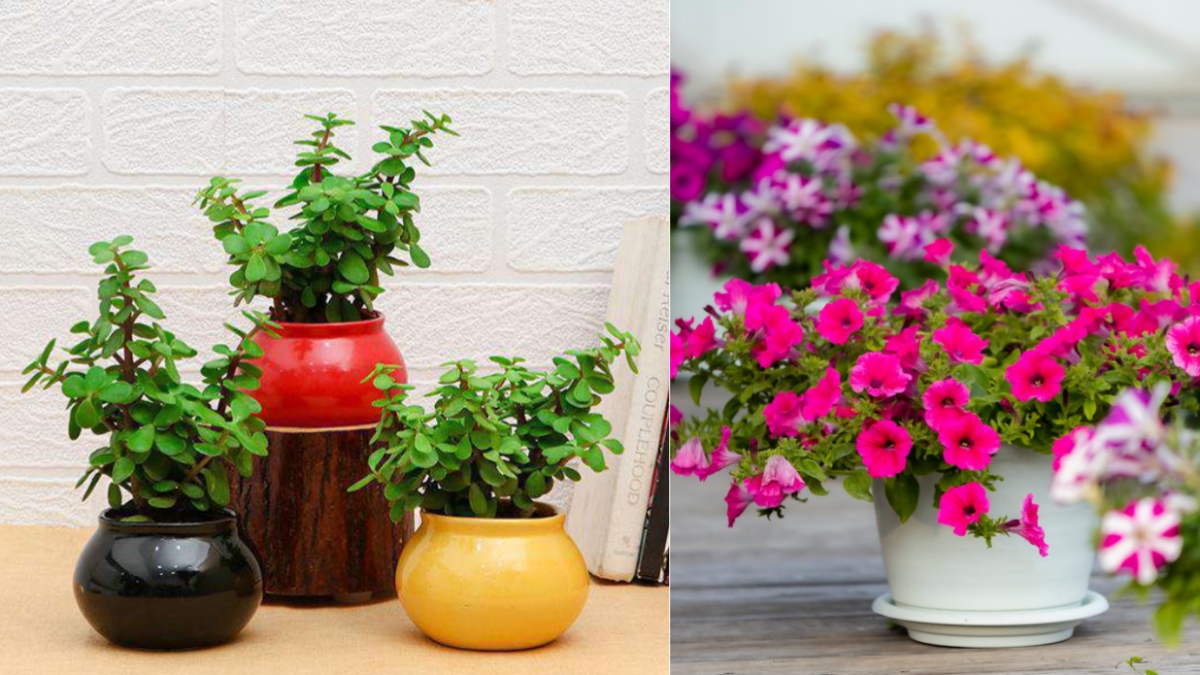Container gardening has become the go-to solution for plant lovers short on space. From balconies and patios to sunny windowsills, potted plants are popping up everywhere. But as simple as container gardening may seem, there’s one common mistake that kills more potted plants than anything else: overwatering.
Whether you’re new to gardening or have a growing plant collection, this guide will help you understand the biggest pitfall in container gardening — and how to avoid it. Let’s dig in.
Why Overwatering Is the Most Common Mistake
Overwatering sounds harmless — after all, plants need water, right? But here’s the catch: too much water can do more harm than good. Unlike garden beds, containers don’t allow excess water to naturally drain away into the soil. This leads to soggy roots, reduced oxygen, and ultimately, root rot — a silent plant killer.
Why It’s So Common:
- Beginners think more water = better growth.
- Containers limit drainage.
- Different plants have different watering needs.
- Overwatering symptoms look like underwatering.

How to Tell If You’re Overwatering Your Container Plants
The signs of overwatering often look like a healthy plant struggling, and it’s easy to misdiagnose. Here’s how to tell:
🔍 Overwatering Symptoms:
- Yellowing leaves (especially the lower ones)
- Wilting despite wet soil
- Mushy or black roots
- Mold or fungus on the soil surface
- Soil stays damp for days after watering
These signs are often confused with underwatering, but a quick soil check will give you the answer. Stick your finger about 2 inches into the soil. If it feels wet and the plant looks stressed — you’re likely overwatering.
Top 5 Container Gardening Mistakes (Besides Overwatering)
While overwatering is the most common issue, there are a few more that can compound the problem. Avoid these common mistakes to set your plants up for success:
1. Using Containers Without Drainage Holes
No matter how stylish a pot looks, no drainage = root rot waiting to happen. Always make sure there’s at least one hole at the bottom.
2. Choosing the Wrong Potting Soil
Garden soil is too dense for containers. Use a lightweight potting mix that allows air to circulate and water to drain.
3. Wrong Pot Size
A pot that’s too small can dry out too fast. One that’s too large can retain excess water. Choose the right size for your plant’s root system.
4. Inconsistent Watering Schedule
Watering on a whim leads to stress. Instead, observe your plant’s needs and create a routine — preferably in the morning.
5. Lack of Sunlight
Even perfectly watered plants will struggle if they don’t get enough light. Make sure your containers are getting the right amount of sun based on the plant’s type.
Fixing the Overwatering Mistake: What You Can Do
Made the mistake? Don’t worry. Here’s how to fix overwatering issues before they kill your plant.
✅ Steps to Save an Overwatered Plant:
- Stop watering immediately.
- Check drainage holes — make sure they’re not blocked.
- Remove the plant from the pot and inspect the roots.
- Trim off any mushy or black roots.
- Repot in fresh, well-draining soil.
- Let the plant recover in indirect sunlight and water only when the top 2 inches of soil feel dry.
💡 Tip: Adding a layer of pebbles or broken clay pieces at the bottom of the pot can further help with drainage.
How to Water Container Plants the Right Way
The golden rule: Water deeply, but not too often.
- Check soil moisture before watering.
- Water until it flows out of the drainage holes.
- Empty the saucer underneath to avoid stagnant water.
- Adjust frequency based on weather and plant type.
Remember: it’s better to underwater a bit than to overwater. Most plants bounce back from thirst — but few survive soggy roots.
Best Practices for Thriving Container Plants
Mastering container gardening comes down to consistency and observation. Here’s a quick checklist to keep your plants healthy and thriving:
Use containers with drainage holes
Choose quality potting mix (not garden soil)
Match pot size to plant
Stick to a consistent watering routine
Rotate pots for even sun exposure
Fertilize monthly during the growing season
Repot plants as they outgrow their containers
Common Myths About Container Gardening
Let’s debunk a few myths that lead to mistakes:
❌ Myth 1: “More water means faster growth.”
Truth: Too much water can drown your plant’s roots.
❌ Myth 2: “Daily watering is necessary.”
Truth: Most plants prefer a cycle of wet and dry.
❌ Myth 3: “All pots are the same.”
Truth: Material (clay, plastic, ceramic) affects water retention.
Understanding these myths can prevent you from repeating common errors.
FAQ: Container Gardening Questions Answered
Q: What is the most common mistake made with container plants?
A: Overwatering — it causes root rot, stunted growth, and often plant death.
Q: How do I know if I’m overwatering?
A: Look for yellow leaves, wilting with wet soil, and musty smells. Always check soil moisture before watering.
Q: What’s the best soil for container plants?
A: A high-quality, lightweight potting mix that allows for air and moisture flow. Avoid heavy garden soil.
Q: Can root rot be reversed?
A: If caught early, yes! Remove the plant, trim affected roots, and replant in fresh, dry soil.
Q: Should I fertilize container plants?
A: Yes — use a balanced, water-soluble fertilizer monthly during the growing season.
Conclusion: Avoid the #1 Container Plant Killer
It’s easy to get carried away with care, but the most loving thing you can do for your container plants is don’t drown them. By avoiding overwatering, using the right containers and soil, and staying consistent with your care routine, you’ll grow a lush, thriving container garden — even in a tiny space.
Whether you’re placing succulents on a windowsill or growing herbs on a balcony, this guide will help you spot mistakes before they happen and help your plants live their best life.

